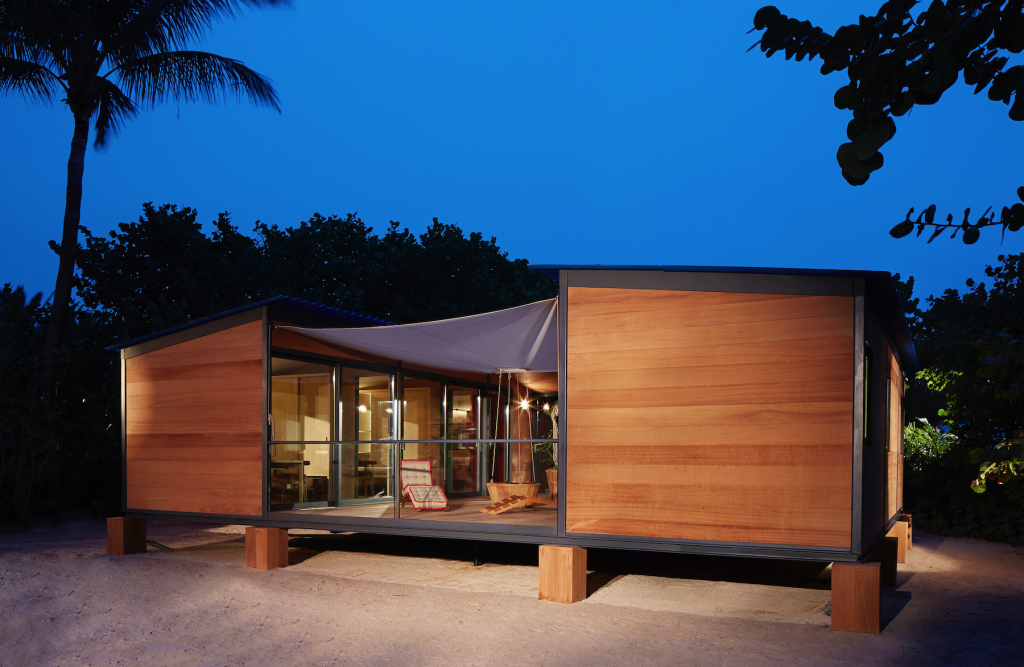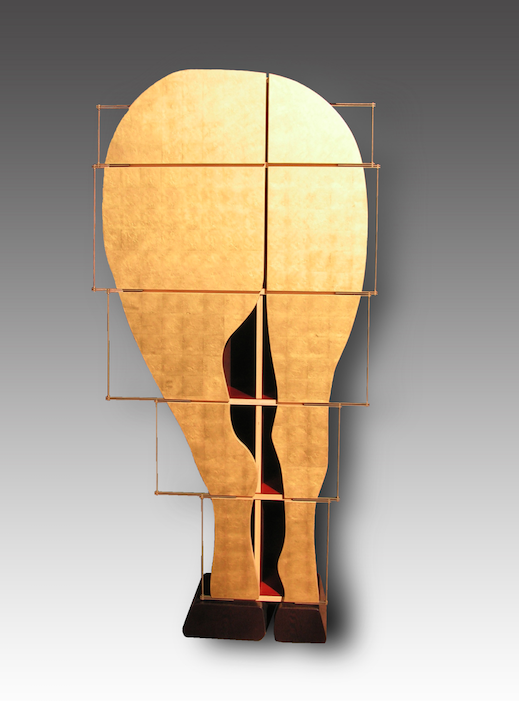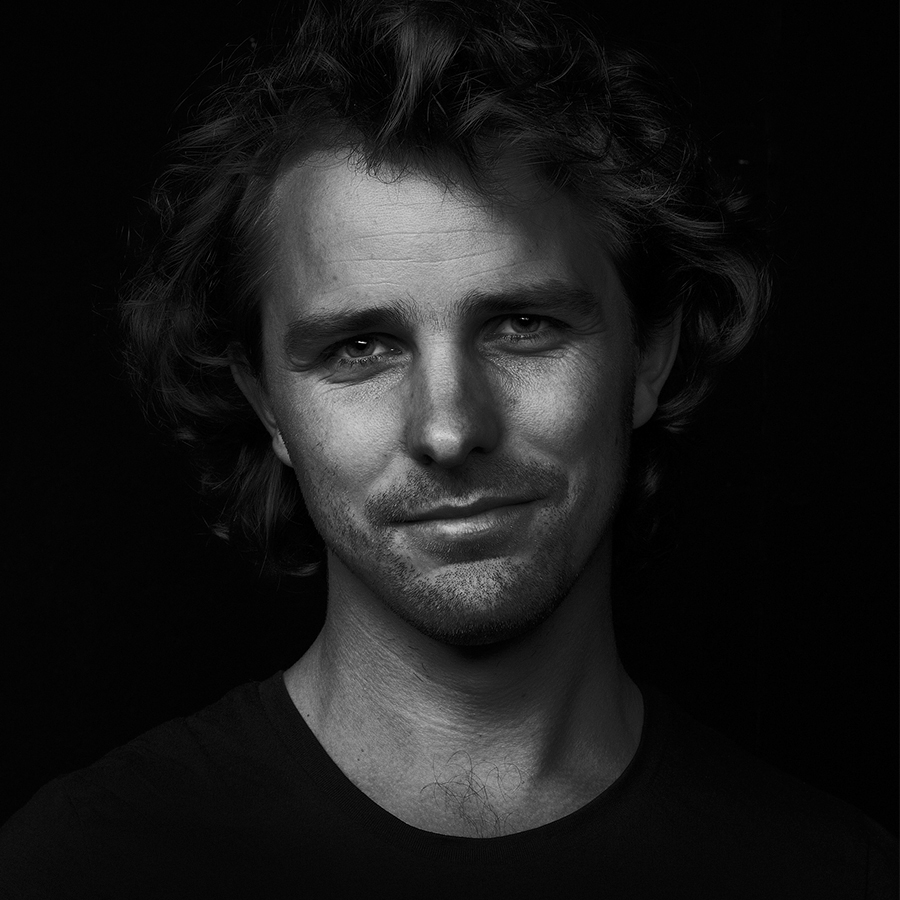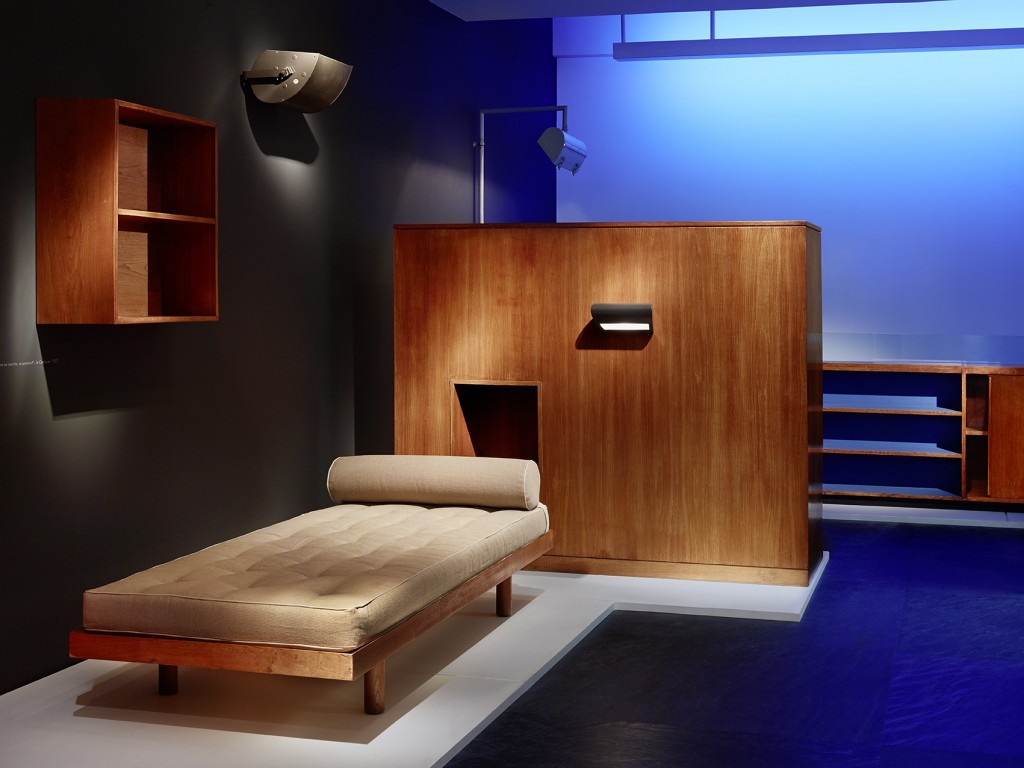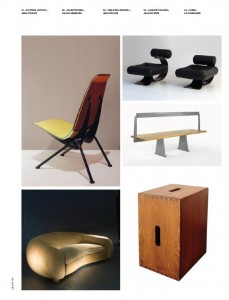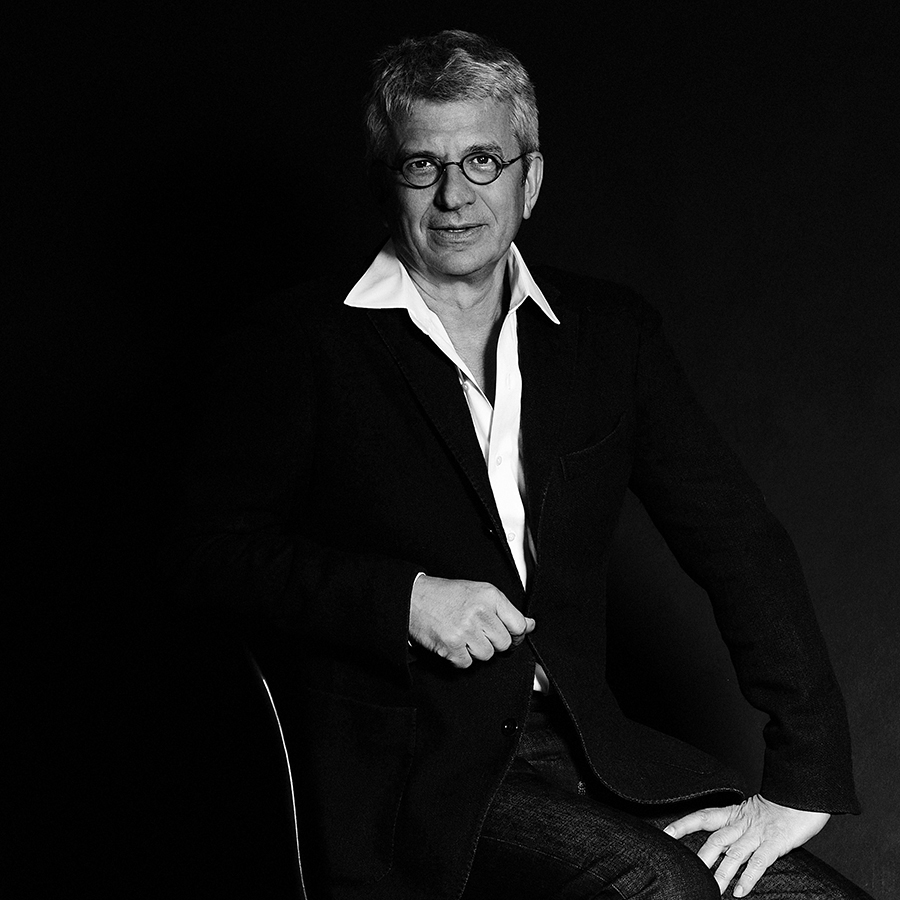
ON ART AND DESIGN BY FRANCOIS LAFFANOUR CRASH 66
By Crash redaction
FRENCH GALLERY OWNER, ANTIQUE DEALER AND PURVEYOR OF ART FRANÇOIS LAFFANOUR IS RECOGNIZED AS A MAJOR FIGURE IN THE DESIGN MARKET. SPECIALIZED IN FURNITURE BY 20TH AND 21ST CENTURY ARCHITECTS AND DESIGNERS, SUCH AS CHARLOTTE PERRIAND, SERGE MOUILLE, JEAN PROUVÉ AND LE CORBUSIER, HE MET WITH US TO GIVE US HIS TAKE ON THESE VISIONARY ARTISTS.
With everything from furnishings and interiors to furniture and architecture, did Charlotte Perriand develop a total art?
In a very broad sense, maybe. Her art is total in the sense that it’s an art of living. It comes complete with an attitude, an aesthetic. From there it’s just a short jump to an entire philosophy. As far as architecture goes, she’s not an architect. More like an interior designer. You can call it “total art,” but I think of her more as a genius in life, interior design and the art of living. You don’t have to agree with every part of this label, but the important thing to underline is that the genius of Perriand and her circle lies in their ability to imagine and create lifestyles. What is truly interesting is the fact that she also designed a barrel-shaped aluminum camping refuge for mountain getaways.
Just as in Le Corbusier’s Cabanon, the concept of an “art of living” is at the center of her research…
I think the Cabanon is the most extreme and paradoxical expression of architecture there ever was. He built giant high rises, entire cities, machines for living, but for himself he built a modest little cabin from scratch. It really makes you think! And isn’t it precisely this contrast that we find so enticing, even more so than the actual building? After all, who would actually live in the Cabanon nowadays? Doesn’t it also represent the perfect rejection of the all-chrome look we see in every magazine, with the eternal white sofa in the corner of a cold and minimalist apartment? Opposed
to this completely formatted and inaccessible style are these intimate and inviting lifestyles. These are perhaps even more essential today, in contrast to this orgy of luxury and ostentation that are entirely out of reach of the majority. And doesn’t this reduce any art of living to a mere style or state of mind, without any real impact on everyday life?
And with her ski resorts, Charlotte Perriand also developed an art of living together!
Her work explores an art of living together, in the same way that Le Corbusier is about living together, not separately. Unless my interpretation is off: the decision to develop pavilion housing in the years after the war had political consequences. It led to gigantic suburbs where time is mostly spent in cars: where people are happy to have their own home and private space, but at the same time they’re forced to spend hours in cars driving back and forth between town and their suburb. Le Corbusier wanted the exact opposite. He tried to eliminate all this transit time by emphasizing verticality in housing, with green space visible through windows.
What is the essence of Charlotte Perriand’s language?
Her language is based mainly on comfort, common sense and practicality. She always uses rounded edges. Not for aesthetic reasons, but so they’re safer if you bump into them. She optimizes empty space to make her tables more maneuverable. She uses oval table legs cut on an angle that provides
maximum legroom. I think these are the things that really characterize her work: a sense of practicality combined with quality execution, attention to detail and a refined sense of style that surely comes in large part from her time in Japan. I think the style she creates comes from her use
of proportion, her finishing work and her use of basic materials with no outer shell in a more precious material. She takes a table, and through the form she manages to give it – with rounded parts, shorter sections, and new and surprising angles – she produces an object of beauty that is
absolutely extraordinary in light of her economy of resources. Her objects are imbued with extremely powerful souls which she masterfully controls through her attention to detail and form, as well as her subtlety, which ensures that this soul is under control but unmistakably present. There is
nothing ordinary about her work.
In what way do we still see Perriand as modern?
When we say something is modern we generally mean it was made at the right time. In her time, the most exciting thing to do was not to admire artworks in museums but to watch cars driving along the Champs-Elysées, and the thing that made her happiest was making jewelry with ball
bearings… She was fully immersed in the modernity of her time, which is why she systematically used modern materials. Of course her work still appears modern today, but this is also because we’re about 60 years behind the times. Let’s not forget that Jean Prouvé sketched his first chair in the 1920s. When Charlotte Perriand started working in 1928, she was 25. Now it’s 2013 and we’re still astounded by the concrete structures Le Corbusier designed in the late 1930s. These people embody the role designers should play: they are initiators, precursors and visionaries.
Always with a concern for the social factor?
Yes, that goes back to the 1930s, just before the development of mass tourism. It was part of the era! The Popular Front is not far from all this… It’s one of the central concerns of the 20th century: the social dimension. I assume Charlotte Perriand’s beach house also grew out of this
larger social project to develop the idea of vacations, build affordable accommodations in areas where construction is difficult, etc… It was a completely visionary project based on the idea of travel and weekends. And before any of it was even in place, it had managed to anticipate the whole question of leisure, another major theme in the 20th century.
In your book, you mention a “vertebration” that extends from Charlotte Perriand through Oscar
Niemeyer and up to Ron Arad. Can you talk a bit about this surprising connection?
For me it’s not surprising. The spinal cord I’m talking about is the search for better ways of living. Whether it’s Perriand, Jean Prouvé, Le Corbusier, Pierre Jeanneret, Ettore Sottsass or Ron Arad, they’re all either architects or they work in a field close to architecture, and they’re all searching to use modern solutions in order to make life better for a lot of people. They are people completely in step with their time, working to use modern materials and technologies to improve the human condition. For me, that’s the common thread. People might contest the relationship I draw between Jean Prouvé and Ron Arad. But I say Prouvé shows a concern for practicality and economy using very basic resources and materials. Of course we can’t see Prouvé doing the same thing in today’s world; it’s meaningless in a society focused on luxury goods. So now Ron Arad is turning the problem on its head, saying: “since chairs have become luxury items purchased above all for their display value, I’m going to give you the most symbolic and allegorical luxury item imaginable.” It’s also about lifestyle: “How do we live today? How do we value the objects in our lives?” He poses the question of how we manage to turn chairs into works of art, how we can put a table on the same level as sculpture! So his work asks some of the crucial questions of our time. My intention in connecting all the designers I study is based on this same concern with lifestyle and the way people live. The thing that binds them all together is invention, modernity, reevaluation and the search for new materials. Prouvé said it: “never copy.” And they all picked up this torch, while a lot of other designers didn’t. They researched and innovated. In this case, I think the intellectual approach picked up the slack left by a purely commercial approach.
How did you discover your passion for Niemeyer?
I started thinking about him because people often compare Brasilia and Chandigarh, the two big “utopias” or social projects of the 20th century. On the one hand, Chandigarh was designed by Le Corbusier as a city adapted to the masses. Brasilia, on the other hand, was designed for purely political reasons, namely to move Brazil’s capital to a more central location. The city had nearly no population, but a very high aesthetic and symbolic value. I thought that was very interesting and it made me want to learn more about Niemeyer. While reading up on his life I learned he frequented Prouvé, Nelson, Le Corbusier and others. He had excellent relationships with them, but he brought this very romantic and South American dimension to concrete that Le Corbusier wasn’t able to offer: the towering curves, soaring buttresses and extraordinary forms. His architecture is similar to his personality, as he often talked about music, women, life. We never see this from Le Corbusier, who is much more reserved, austere and rigorous. While with Niemeyer we see an almost carnal and sensual dimension even in his architecture. Niemeyer adds this attention to sensuality, but it comes out of this same attempt to please as many people as possible. We can contrast this with the classical era, when chateaux were built solely for the pleasure of the nobility. These buildings were meant to improve the lives of the masses. Furniture is the same: a movement towards innovative designs intended for thousands of people, rather than garish one-offs for the few. It’s the social dimension that prevailed throughout the entire 20th century. Today, furniture plays a role analogous to art: there is a search for individuality to help stave off the feeling of chaos caused by all the enthusiasm for the collective.
And your three iconic designs for a desert island?
It’s a tough choice, but the first thing I would take is Le Corbusier’s cube. You can use it as anything: a seat, a table, an object. It’s an elegantly simple and practical item, with no ostentation! Because there’s no point in ostentation if no one’s around to see! I don’t see myself taking anything more luxurious or essential than this basic cube. The second item that’s very dear to me is Jean Prouvé’s “polar bear” sofa. I’m not so sure how useful it would be on a desert isle, but it would be tough to live without it. And last I would bring Prouvé’s illuminated library table, which is perfect for working or eating. In my view this is one of the most emblematic items in his catalog. With these three items, I would certainly be alone, but I would also be happy…







